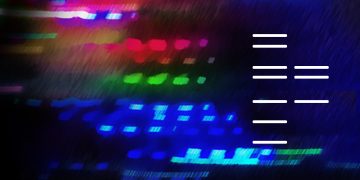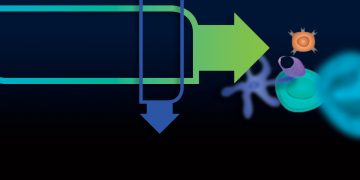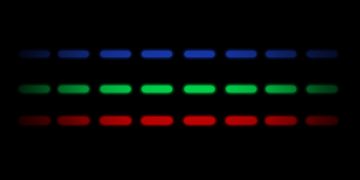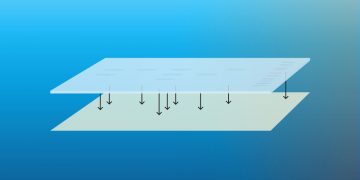
The How and Why of Normalizing Your Western Blots

Generating Semi-Quantitative Western Blot Data Using Bio-Rad’s Image Lab™ 6.0 Software
Presented by: Kenneth J. Oh, PhD, Applications, Collaborations, and New Technology Manager, Protein Quantitation Marketing Group, Bio-Rad Laboratories, Inc.
Date: Tuesday, March 6, 2018
Western blotting is a popular tool for protein quantitation, and the advent of digital imaging has greatly increased the sensitivity, dynamic range, and quantitation limits of this technique. In the second webinar in this series, get step-to-step instructions for normalizing western blot data using Image Lab 6.0 Software.

Tips to Make Fluorophore Picking Easier

Identify Major Immune Cell Types by Their CD Marker Expression

Validating Antibodies — the Good, the Bad, and the Necessary

Fluorescent Western Blotting: Helpful Tips for Optimizing Your Protocol

The Fluorescent Way: Why Start Fluorescent Western Blotting Now?

Ten Tips for Improving Western Blot Detection of Immunoprecipitation Samples

Six Tips for Efficient Transfer of Your Proteins


